Introduction
Indra Jatra is a significant and vibrant festival celebrated in Kathmandu. It honours the living goddess Kumari and pays tribute to Indra, the god of rain. This festival reflects the rich tapestry of Nepalese culture and spirituality. It typically takes place in September and spans several days, showcasing a unique blend of religious devotion, cultural rituals, and traditional festivities.
Celebration
The festival begins with chariot processions, where the Kumari, the living goddess, is carried through the streets of Kathmandu in a grand chariot. This procession is a visual spectacle and a profoundly spiritual event for the locals. Participants dress in traditional attire and sing devotional songs, creating a vibrant atmosphere throughout the city. Another highlight of Indra Jatra is the masked dances performed by local artists who embody various deities and characters from Nepalese folklore. These dances often depict stories about Indra and his significance as the god of rain and agriculture. The rituals associated with Indra Jatra also include offerings and prayers for a bountiful harvest. To express gratitude for nature’s blessings, locals participate in ceremonies that invoke the protection of crops and the community’s well-being.
Duration and Timing
Indra Jatra is celebrated over several days, usually starting in the month of Bhadra (September) according to the lunar calendar. The main events occur on the first day, while various rituals and cultural activities continue throughout the week.
Significance
Indra Jatra holds deep spiritual significance for the people of Kathmandu. It symbolises gratitude for the rains that nourish the land and the crops. The festival also fosters a sense of community and cultural identity, allowing people to come together to celebrate and remember their traditions. Through the vibrant processions, captivating dances, and communal gatherings, Indra Jatra embodies the essence of Nepal’s cultural heritage, making it a must-see event for locals and travellers alike. This festival honours the divine and strengthens the community’s bonds, reflecting the harmony and diversity that define Nepalese society. Indra Jatra is a remarkable celebration of life, culture, and spirituality, showcasing the rich traditions of the Kathmandu Valley.

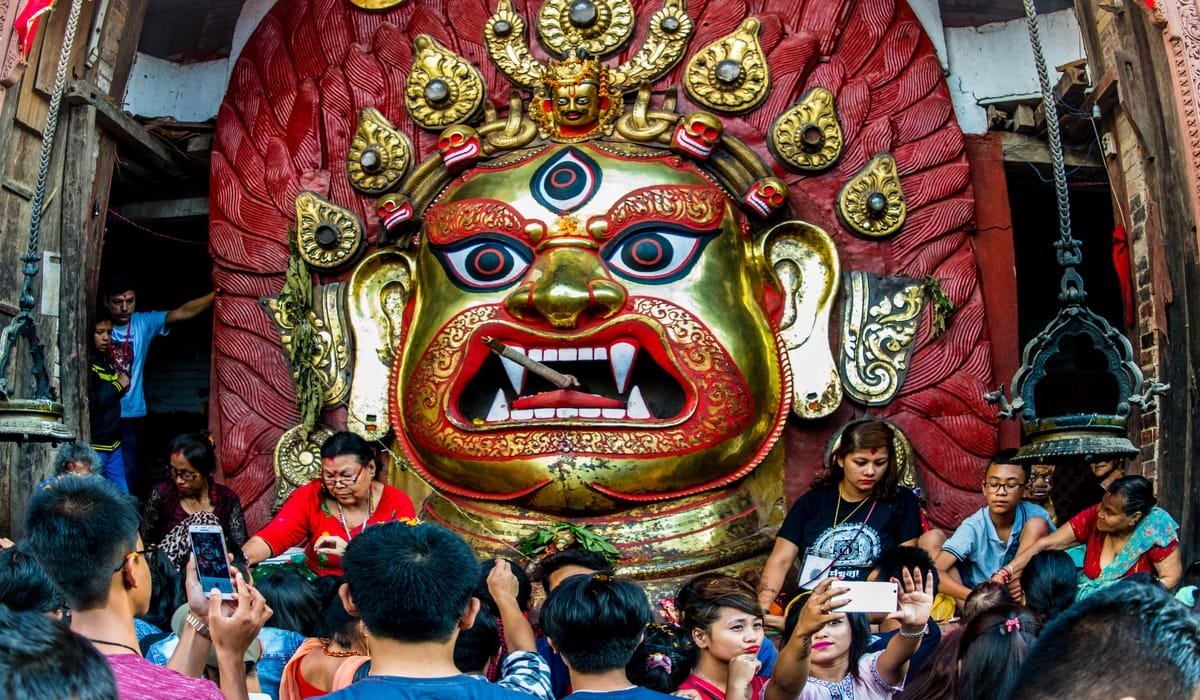
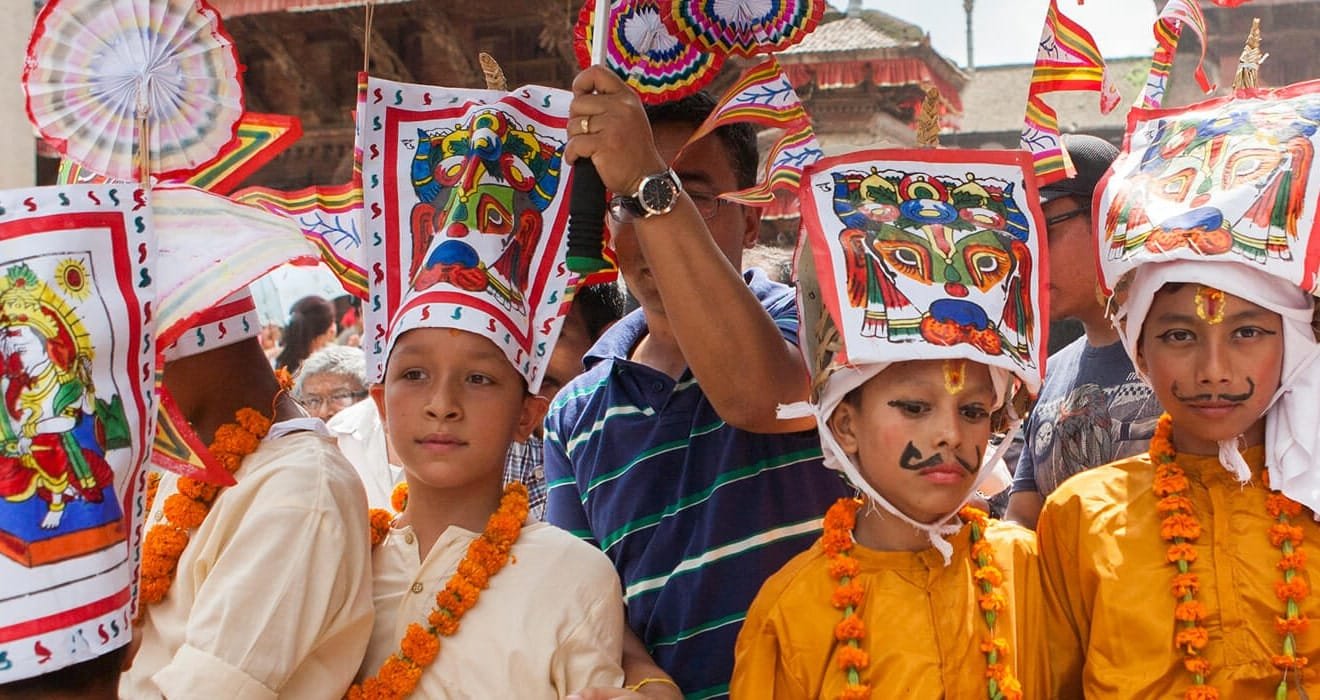

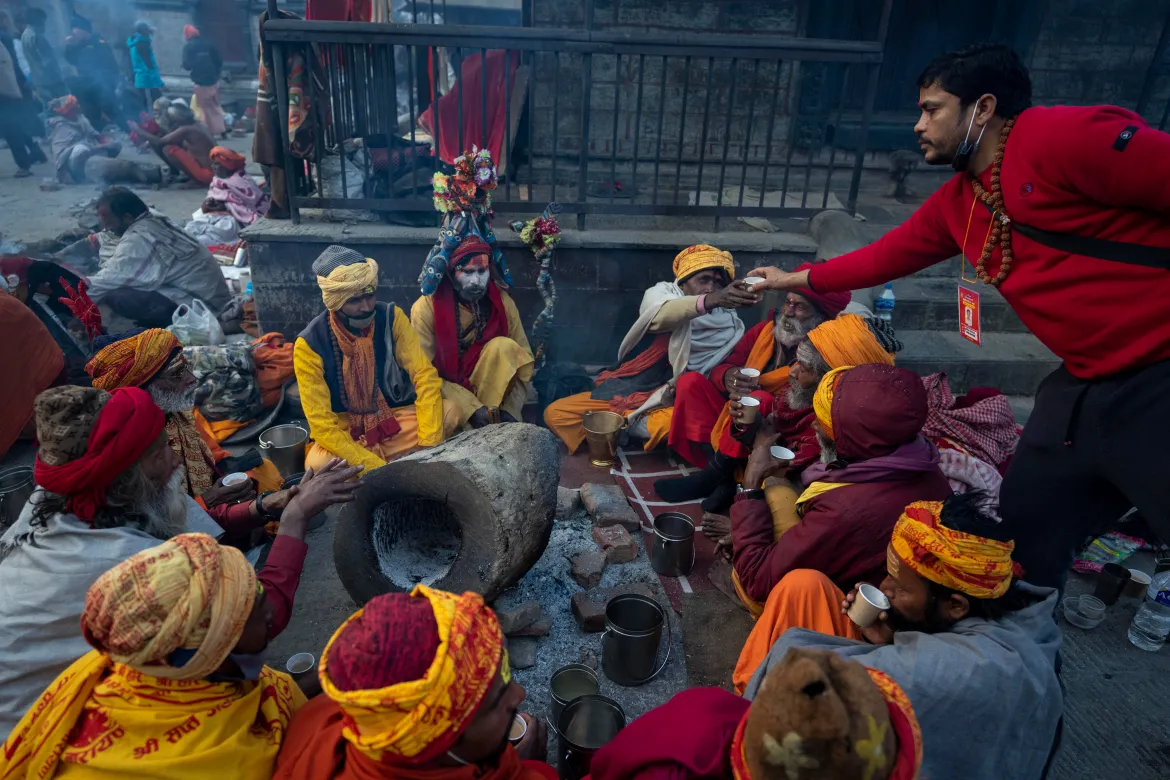

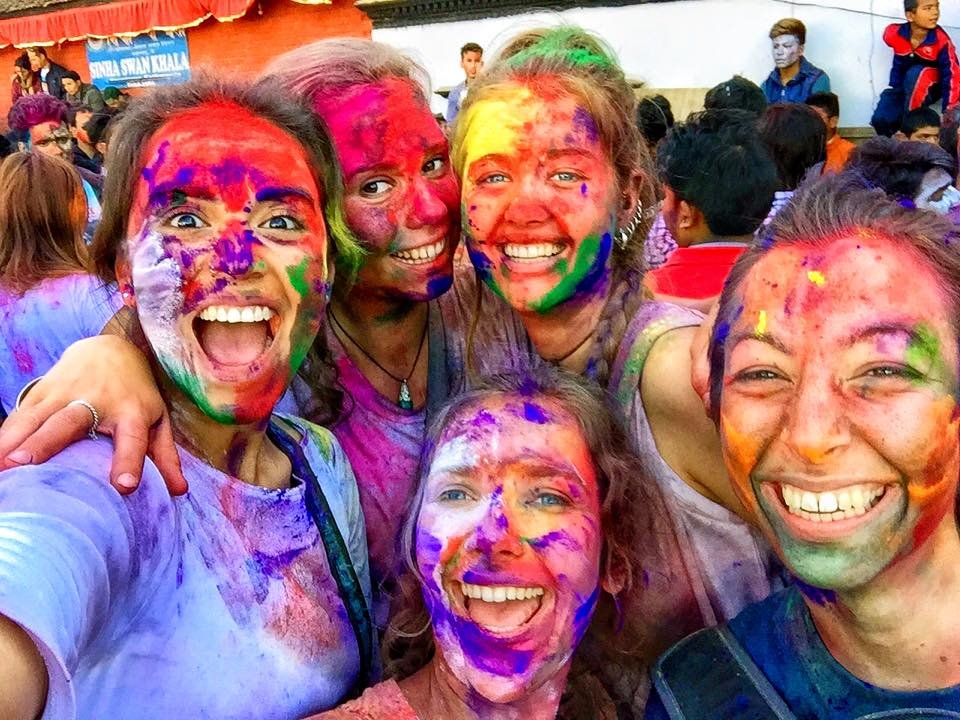
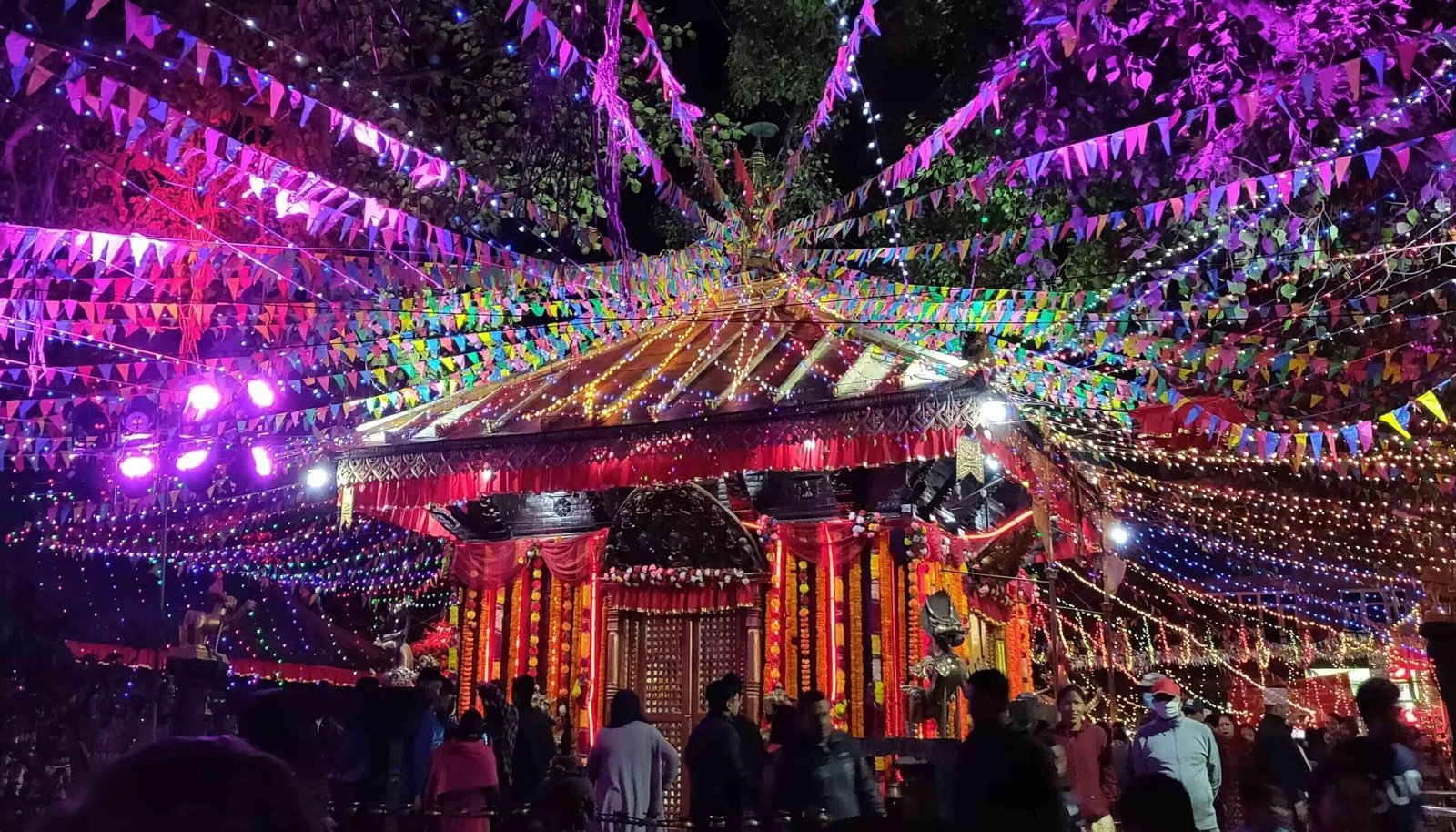
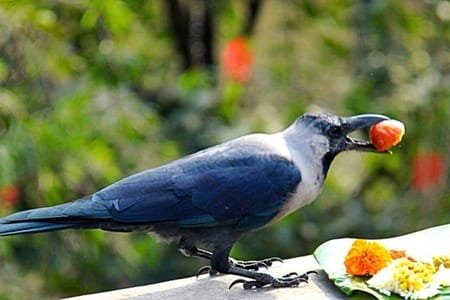
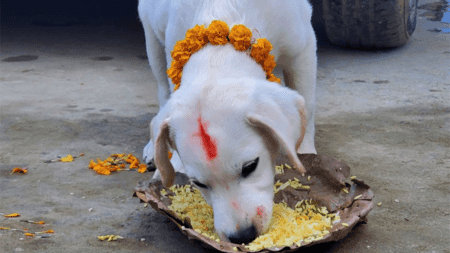
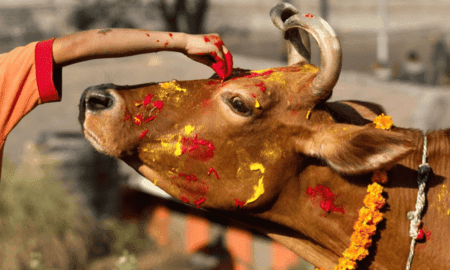
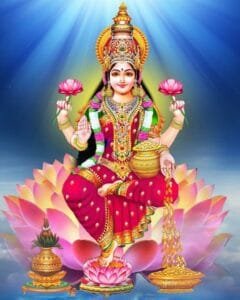
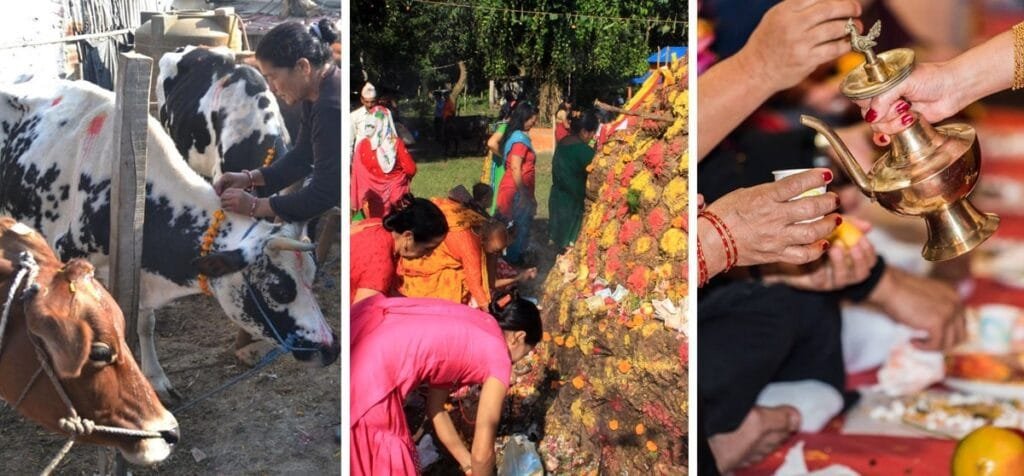
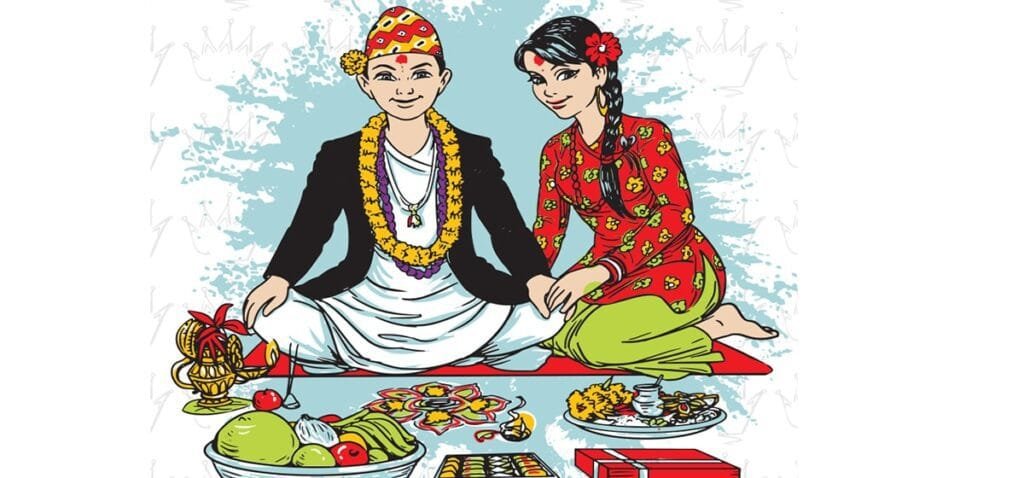
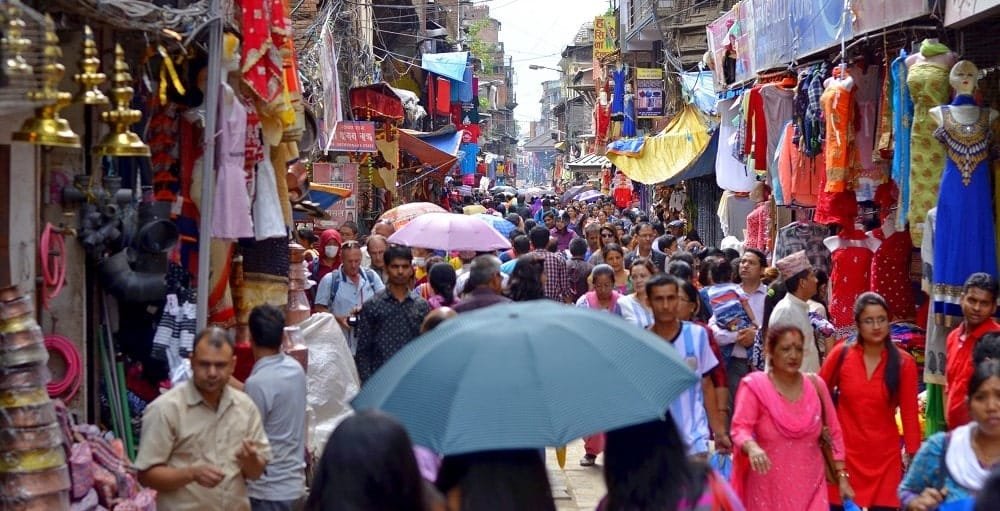

 Member of
Member of